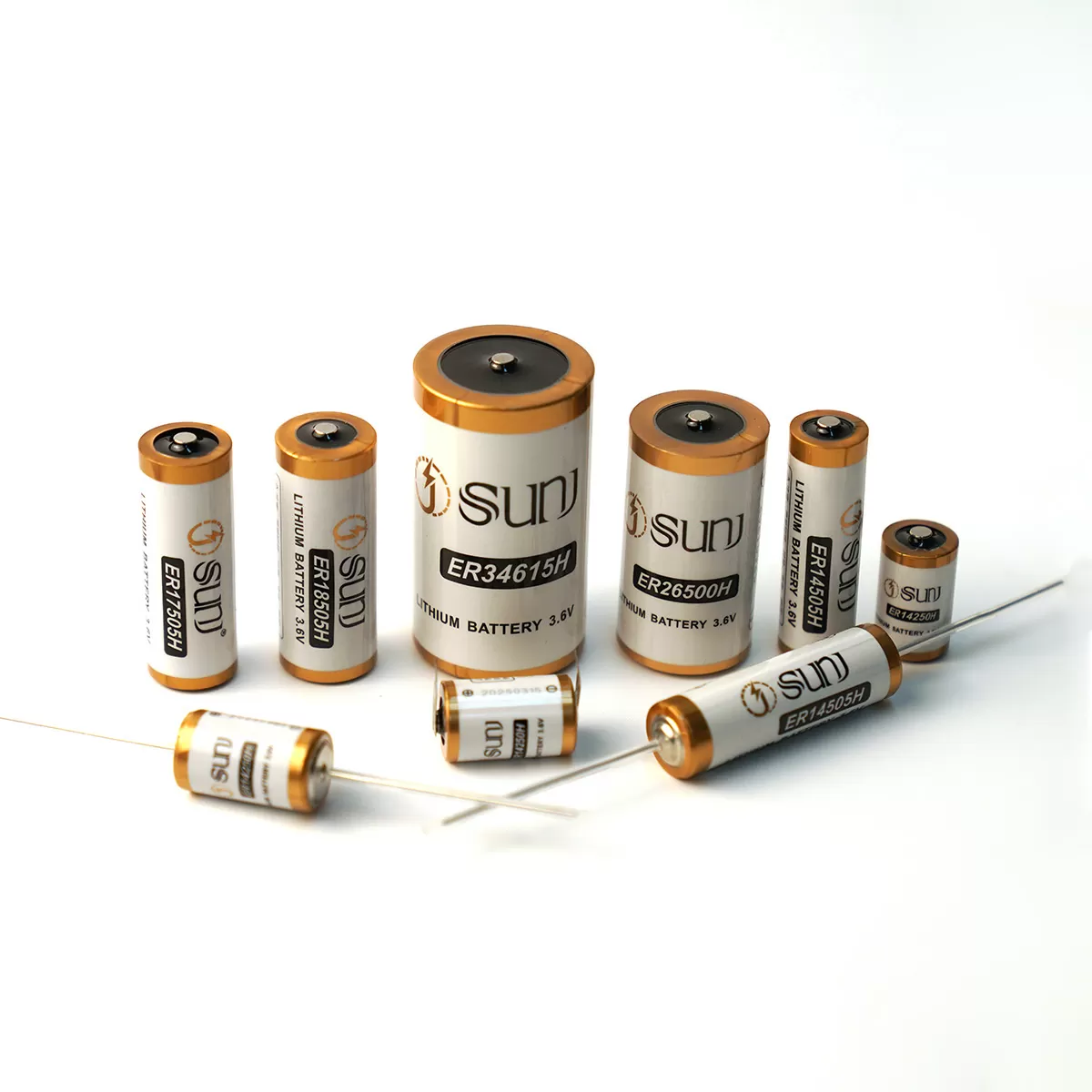Lithium-Thionyl Chloride Battery Passivation Characteristics Solution
Lithium primary batteries have become the energy source of choice for many embedded systems and Internet of Things (IoT) applications. Lithium-thionyl chloride (Li-SOCl₂) batteries, in particular, have proven highly attractive due to their extremely high energy density, extremely low self-discharge rate, and wide operating temperature range. They consistently demonstrate excellent reliability in remote environments and have achieved significant growth in the global utility metering sector, especially for gas, water, and electricity meters.
However, one challenge facing these batteries is their susceptibility to passivation—a chemical effect that, if not adequately considered, can lead to unpredictable behavior and significantly shorten product lifespan. The following explains the passivation characteristics and solutions for lithium-thionyl chloride batteries from a fundamental perspective.

Lithium-Thionyl Chloride Battery Passivation Characteristics Solution
Voltage Hysteresis Explanation
When a lithium-thionyl chloride battery finishes storage and is first connected to a load circuit, the battery voltage drops from the open-circuit voltage to the operating voltage. Under low current conditions, the voltage remains relatively stable; under high current conditions, the voltage may fall below the cutoff voltage. This lowest voltage value is the instantaneous minimum voltage (TMV), and voltage hysteresis is caused by battery passivation. The passivation degree of lithium-ion batteries is related to storage time, current, storage temperature, and mechanical movement during storage. Like all chemical reactions, the passivation rate is closely related to temperature; the higher the temperature, the faster the passivation, and the longer the storage time, the more severe the passivation phenomenon. The higher the current, the more pronounced the passivation. After long-term storage, the reaction between Li and SOCI2 forms a dense passivation film on the surface of the lithium metal. This passivation film prevents further reaction between Li and SOCI2. Therefore, when a stored battery is first connected to a load, a voltage hysteresis will occur. However, as the battery discharges, the passivation film gradually disappears, and the load voltage gradually increases.
Advantages of passivation:
Because the reaction between Li and SOCI2 produces a dense passivation film to prevent further reaction, lithium-ion batteries can be stored for 10-15 years. Disadvantages of passivation: After long-term storage, passivation reduces the battery's high-current pulse output capability, causing the battery's instantaneous minimum voltage to fall below the application's cutoff voltage. Lithium-thionyl chloride battery passivation principle: During discharge, the overall electrochemical reaction equation is: 4Li + 2SOCl₂ → SO₂ + S + 4LiCl. LiCl is the substance that causes passivation in the battery. A LiCl protective layer will immediately form as soon as the electrolyte comes into contact with the anode during battery manufacturing.
Conclusion: Passivation of Li-SOCl2 Battery is unavoidable and is affected by factors such as ambient temperature, storage and application time, and equipment operating current. In harsh and extreme working environments, we recommend using the battery in conjunction with an SPC supercapacitor. For already passivated products, apply a short-circuit current to break the passivation film, and simultaneously activate it using a small current discharge.


